Om Kelim
Kilim A science in science. There is just as much to say about kilim carpets as there is to say about pile rugs. A whole book would be needed to write a comprehensive account of kilim. However, it is important to know and recognise your limitations, and my knowledge of...Read more
Showing 1–30 of 531 results
-
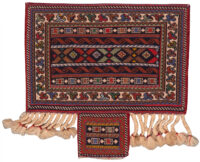
Kelim Sirdjan
900945cm x 30cmkr. 1.600,- -
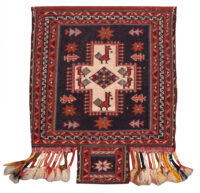
Kelim Sirdjan
880446cm x 38cmkr. 1.600,- -
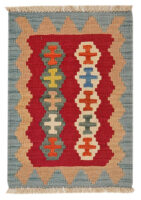
Kelim
tg0835560cm x 42cmkr. 350,- -

Kelim
tg0835360cm x 42cmkr. 350,- -

Kelim
tg0835661cm x 42cmkr. 350,- -

Kelim Kashgai
tg0781159cm x 45cmSoldkr. 300,- -
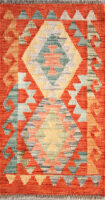
Kelim
tg0805790cm x 50cmkr. 480,- -
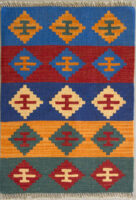
Kelim
tg0674685cm x 59cmkr. 650,- -

Kelim Kashgai
tg0780083cm x 62cmkr. 680,- -

Kelim Kashgai
tg0780585cm x 61cmkr. 680,- -
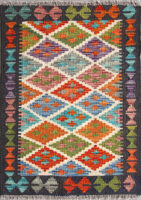
Kelim
86cm x 62cmkr. 490,- -

Soumack-kelim Tæppe
tg0594490cm x 60cmkr. 3.200,- -
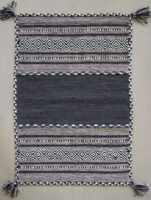
Kelim
tg0629390cm x 60cmkr. 350,- -
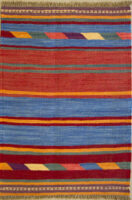
Kelim-Kashgai
tg0698689cm x 62cmkr. 650,- -

Kelim
tg07519110cm x 51cmkr. 2.500,- -
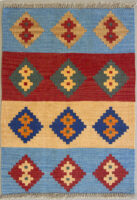
Kelim
tg0674889cm x 64cmkr. 690,- -

Kelim
tg0805889cm x 65cmkr. 580,- -
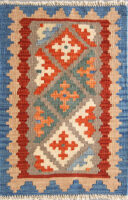
Kelim Kashgai
tg0779994cm x 62cmkr. 680,- -
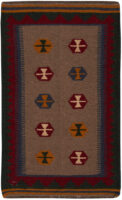
Kelim
tg517797cm x 61cmkr. 480,- -

Kelim Kashgai
tg0780397cm x 61cmkr. 680,- -
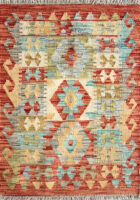
Kelim
tg0774890cm x 66cmkr. 590,- -

Kelim
tg0824295cm x 64cmkr. 590,- -
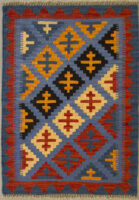
Kelim-Kashgai
tg0698493cm x 66cmkr. 650,- -

Kelim
tg0583455cm x 117cmkr. 3.900,- -

Kelim
tg08239101cm x 64cmkr. 590,- -

Kelim
tg06747101cm x 65cmkr. 690,- -
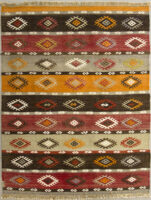
Kelim
tg0625893cm x 71cmkr. 2.400,- -

Kelim
tg0677998cm x 70cmkr. 1.800,- -
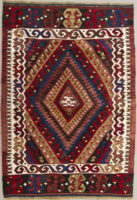
Kelim
tg06264100cm x 70cmkr. 2.400,- -
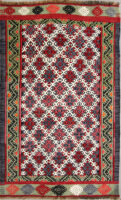
Kelim Maniso
tg08148105cm x 67cmkr. 2.900,-
Showing 1–30 of 531 results
Mere om Kelim
Kilim
A science in science.
There is just as much to say about kilim carpets as there is to say about pile rugs. A whole book would be needed to write a comprehensive account of kilim. However, it is important to know and recognise your limitations, and my knowledge of kilim is nowhere near as extensive as my knowledge of Persian pile rugs. My family and I have been regularly encountering kilim in connection with our procurement trips. We have also bought and sold some of them, but only in 2012 did we establish a department for kilim in our business and thus started actively dealing with them. We still have much to learn about this branch of the carpet industry. I recommend that you read more in books written by kilim specialists. However, kilim have some things in common with pile carpets. Most of them are made in the same countries, at the same locations, in the same villages and by the same nomadic tribes. The patterns, traditions and techniques go far back in history, and it is just as important that good raw materials are used for a kilim as for a pile carpet. Finally, just as with pile carpets, there are replicas that you need to watch out for. The kilim carpet is plainly woven and thus has no pile. The pattern is created by the weft threads, that are fully covered by the warp threads. This technique is related to the tapestry technique. The weft threads are introduced by colour in the desired part of the breadth of the weave. The open gaps or slits that are often found in kilim appear between the colour fields. They can be kept open, or they can be sewed shut. In some variants of the kilim technique, the different coloured adjacent threads are woven together. This prevents gaps. The thread ends can be hidden in the weave, which looks identical on either side, but they can also hang as loose threads on the backside of the carpet. Kilim woven carpets and textiles are also known from ancient Egypt and from several other parts of the world, such as Peru and Poland. However, Oriental kilim is the most famous. For example, the Safavid kilim carpets from 1500-1700 Iran, with silk gold and silver threads, the Persian kilim from Sanandaj (Senneh) and the Caucasian and Anatolian (Turkish) kilim. Most of the Iranian kilim is being made nearby Senneh in the Char-Har-Mahal province and in the Fars province in the south. But also in the Mazandaran-province. In particular the large nomadic kilim is often sewed together from one or two strips that were woven on narrow looms. They do not always fit perfectly together, but that is also part of their charm. Kilim carpets of good quality can tolerate a lot more wear and tear than most people realise. There are few such antique carpets on the market, and if they are in perfect condition or carefully restored, they can be very valuable. On the other hand, new carpets of lesser quality can sometimes be bought so cheap that you would think they made a mistake calculating the price. As with pile carpets, it can pay to spend a bit more and get a lot more quality.
The Soumak carpets are in the same family as kilim.
However, they are made according to a different weaving technique, of which there are several variations. Most soumak carpets from Iran are made near Ardebil, in the north-west, or nearby Sirdjan, in the south-east.
Nimbaft
In some cases, you see a combination of knotting and weaving in the same carpet. These are called Nim-baft carpets. ‘Nim’ means half and ‘baft’ means knotted. There are thus areas of the carpet’s surface that are plainly woven, made with kilim or the soumak technique, and knotted areas with a pile. They have a special relief effect and can sometimes be very decorative and artistic.
New Kilim concept.
Some of my friends from Hamburg, the Borhani and Mohammadzadeh families, who are Iranian carpet merchants, are behind the new kilim carpet concept called Edelgrund. Together with a couple of Iranian carpet designers, they started production of modern kilim carpets in the Mazandaran province in northern Iran. Their concept is rooted in old traditions, even though the expression is entirely modern. They use the best raw materials on the market, for both wool and dyes. These kilim are woven in narrow strips, just like the nomads have been doing for centuries. Then, they are sewed together, which allows them to make any conceivable size carpet. This involves modern design. The patterns and the traditions are old. What is new is the way they are composed and the colour scheme. They are very decorative and fall on the pricey end of the scale for newly produced kilim, but it is worth it.
Source:
You are reading an extract from the book ‘Oriental Carpets, Knottet with Love’ by Martin Munkholm.
This extensive book about all that is carpets can be borrowed in Danish libraries or be bought following this link: https://belle-rugs.dk/se-taepper/bog-aegte-taepper-knyttet-med-kaerlighed/
The book is published by Muusmann Forlag.
For more info: http://muusmann-forlag.dk/
You can find our selection of Kilim carpets below
